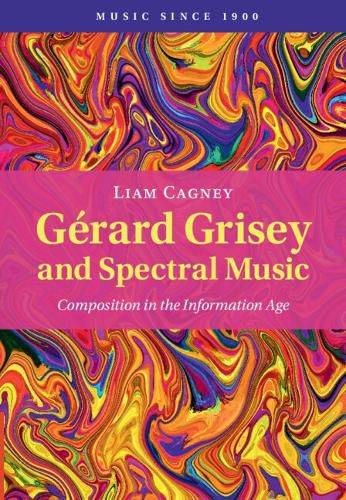Readings Newsletter
Become a Readings Member to make your shopping experience even easier.
Sign in or sign up for free!
You’re not far away from qualifying for FREE standard shipping within Australia
You’ve qualified for FREE standard shipping within Australia
The cart is loading…






The first in-depth historical overview of spectral music, which is widely regarded, alongside minimalism, as one of the two most influential compositional movements of the last fifty years. Charting spectral music's development in France from 1972 to 1982, this ground-breaking study establishes how spectral music's innovations combined existing techniques from post-war music with the use of information technology. The first section focuses on Gerard Grisey, showing how he creatively developed techniques from Messiaen, Xenakis, Ligeti, Stockhausen and Boulez towards a distinctive style of music based on groups of sounds mutating in time. The second section shows how a wider generation of young composers centred on the Parisian collective L'Itineraire developed a common vision of music embracing seismic developments in in psychoacoustics and computer sound synthesis. Framed against institutional and political developments in France, spectral music is shown as at once an inventive artistic response to the information age and a continuation of the French colouristic tradition.
$9.00 standard shipping within Australia
FREE standard shipping within Australia for orders over $100.00
Express & International shipping calculated at checkout
The first in-depth historical overview of spectral music, which is widely regarded, alongside minimalism, as one of the two most influential compositional movements of the last fifty years. Charting spectral music's development in France from 1972 to 1982, this ground-breaking study establishes how spectral music's innovations combined existing techniques from post-war music with the use of information technology. The first section focuses on Gerard Grisey, showing how he creatively developed techniques from Messiaen, Xenakis, Ligeti, Stockhausen and Boulez towards a distinctive style of music based on groups of sounds mutating in time. The second section shows how a wider generation of young composers centred on the Parisian collective L'Itineraire developed a common vision of music embracing seismic developments in in psychoacoustics and computer sound synthesis. Framed against institutional and political developments in France, spectral music is shown as at once an inventive artistic response to the information age and a continuation of the French colouristic tradition.